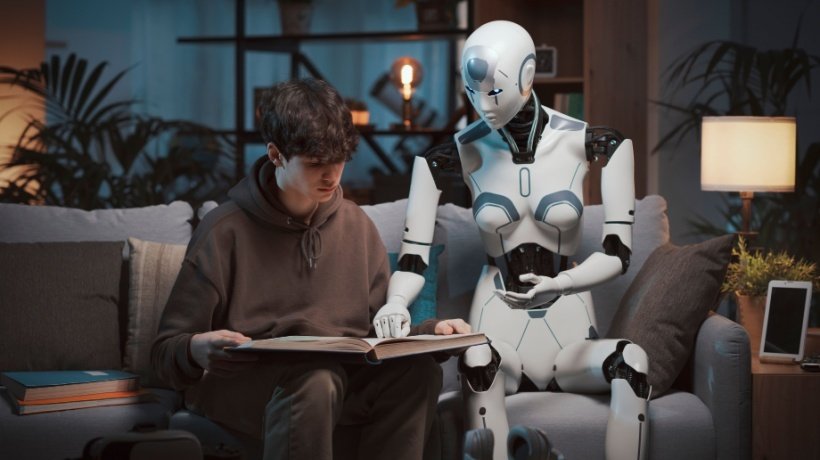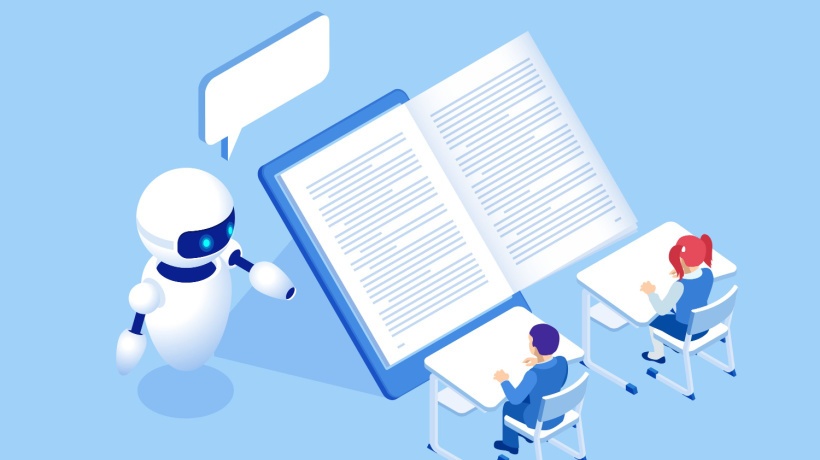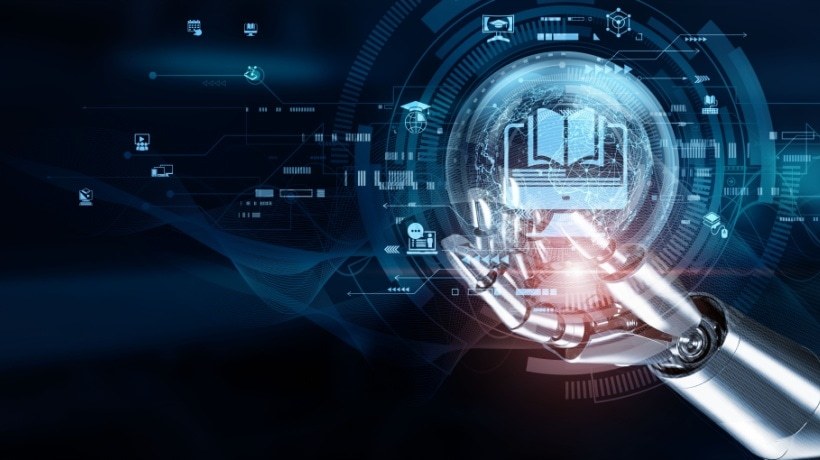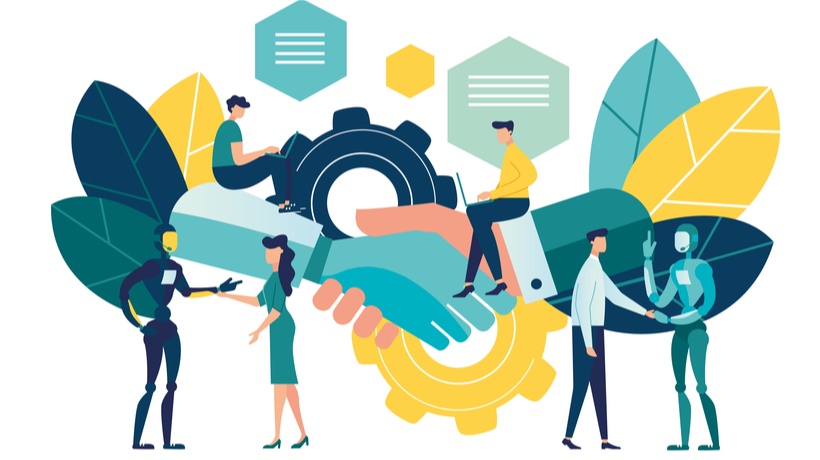Unlocking Individual Potential
With Artificial Intelligence (AI) joining forces with education, it feels like we’ve hit fast-forward with how quickly students can learn stuff these days–all through personalized teaching tactics that were once mere pipe dreams. Imagine a tutor who knows exactly what you need and like. That's what AI-assisted programs do; they adapt their teaching methods for each individual student using clever technology. Imagine a future where every student gets their own AI tutor. This article examines just how close we are to making personalized education a reality.
Traditional tutoring often involves one-on-one sessions between students and human tutors, focusing on specific subject areas or academic challenges. Sure, traditional tutoring works well, but it hits a wall when you try to reach more people, tailor it for everyone, and make sure anyone can get to it. Thanks to some clever tech involving Machine Learning (ML) and how computers understand us, tutoring services powered by AI can now deliver tailor-made lessons far and wide.
Advantages Of AI-Assisted Tutoring Platforms
1. Personalization
AI algorithms analyze student performance data and learning patterns to tailor lessons and recommendations based on individual strengths, weaknesses, and learning styles. Every student gets a helping hand exactly where they need it with this personal touch.
2. Accessibility
AI-assisted tutoring platforms are accessible anytime, anywhere, providing students with on-demand support regardless of geographical location or time constraints. Now, even kids living in the most remote corners or in neighborhoods that often get overlooked can join the learning train, thanks to this level of access.
3. Adaptability
Imagine AI algorithms that tune into each student's learning pace and performance, smartly adjusting the challenge level and speed of lessons to help everyone hit their sweet spot in learning. Thanks to its adaptability, each student gets a challenge tailored perfectly to their level, never too easy or too hard.
4. Interactive Learning Experiences
AI-assisted tutoring platforms incorporate interactive elements such as quizzes, simulations, and virtual tutors to engage students actively in the learning process. It turns out getting involved in your learning can light a fire under your motivation. This way not only does the info hang around longer, but everything starts making more sense of it too.
5. Continuous Assessment And Feedback
AI algorithms continuously assess student performance and provide instant feedback on assignments, quizzes, and practice exercises. Students benefit from rapid feedback; it's like having a personal progress map showing them exactly where improvement is needed.
Key Components Of AI-Assisted Tutoring
AI-assisted tutoring platforms leverage a range of technologies and methodologies to deliver personalized learning support:
Natural Language Processing (NLP)
NLP enables AI tutors to understand and respond to student queries in natural language. AI tutors are like your cool study buddies who chat with you, clear up any questions, and explain things on the spot.
Machine Learning
Think of it this way–these smart programs comb through loads of details about the student's performance to predict next steps in their academic path and personalize the ride for everyone. Think of ML models as your personal tutor that gets smarter every time you give it a thumbs up or down, constantly improving your study sessions.
Adaptive Learning Systems
Adaptive learning systems dynamically adjust content and difficulty levels based on individual student performance, ensuring that each student receives targeted instruction aligned with their unique learning needs.
Data Analytics
AI tutoring platforms tap into data analytics to really get the lowdown on how students are doing, figuring out everything from who's zooming ahead to who might need a bit more help. Teachers can tap into these insights, steering their teaching strategies with data in the driver's seat to really fine-tune learning experiences.
AI And The Future Of Education
With AI-driven tutoring stepping into the picture, every student gets a chance at tailored guidance–this is where the future of learning starts getting personal.
- Boosting how much we learn and remember
Imagine a tutor that adapts to how you learn best. That's what AI-assisted tutoring does–it boosts understanding, helps students keep information longer, and leads to top-notch grades. - Leveling up education for everyone
Thanks to AI-assisted tutoring, good educational materials and help aren't just for the privileged anymore. Now kids from varied backgrounds or less fortunate communities can also get in on high-quality learning opportunities. - Scalability and cost-effectiveness
AI-assisted tutoring platforms can scale to accommodate large numbers of students at a relatively lower cost compared to traditional tutoring services, making personalized learning more accessible and sustainable. - Imagine keeping the door open to learn something new at every turn in life's journey
With AI tutors, learning doesn't stop after graduation; it’s an endless journey of discovering new abilities and mastering subjects that catch your eye. - Teacher empowerment
Thanks to AI tutors taking over routine workloads, our real-life superheroes (a.k.a., teachers) have extra bandwidth to dive deep into personal coaching sessions bolstered by nuggets of wisdom only technology could uncover.
Challenges And Considerations
Despite its transformative potential, AI-assisted tutoring also presents some challenges:
- Ethical use of data
AI-assisted tutoring platforms must prioritize data privacy and the ethical use of student data to maintain trust and compliance with regulatory frameworks. - Bias and fairness
AI algorithms may exhibit biases based on training data, potentially disadvantaging certain student groups. When it comes to teaching with AI, ensuring that the system treats every student fairly without any favoritism is absolutely essential. - Human-machine collaboration
Successful implementation of AI-assisted tutoring requires effective collaboration between AI systems and human educators. Making AI work smoothly in schools really helps us get the most out of it.
Conclusion
Picture this–AI-enhanced tutoring tailors itself just for you or any learner out there, elevating study outcomes beyond what was thought possible before now. It offers everyone easy access to big-league-level teaching services, and levels up educator skills at same time. Imagine classrooms where lessons adapt on the fly to fit each student perfectly. Thanks to AI tools, this kind of tailored education is already taking shape, aiming to keep every learner engaged and included. The march of AI isn't stopping; it’s charging straight into our classrooms. This means lessons crafted just for you and teaching methods flipping on their heads–forever altering educational horizons.









